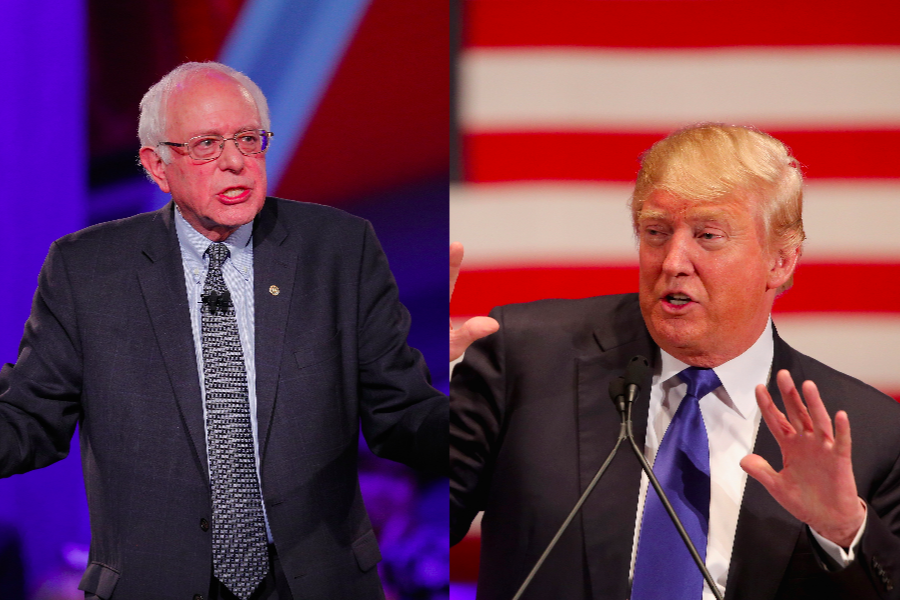Washington, D.C. – April 10, 2025: President Donald Trump announced a 90-day pause on newly proposed tariffs—excluding China—signaling a shift in his aggressive trade policy stance. The move immediately sent U.S. stocks soaring, with the Dow Jones Industrial Average and Nasdaq both closing significantly higher amid investor optimism.
Trump‘s pause on tariffs come as part of a recalibrated trade approach aimed at easing pressure on U.S. allies and calming domestic markets, which have shown volatility in recent weeks over fears of rising consumer prices.
However, the tariffs on Chinese goods have not only remained intact but were sharply escalated. As of today, Trump’s new round of tariffs on China has taken effect, raising the overall rate on certain imports to a staggering 125%, a record high in recent trade history. The tariffs target electronics, steel, clothing, and other major consumer goods.
Political Reactions and Market Impact
While the business community largely welcomed the reprieve for non-Chinese trade partners, Senator Bernie Sanders, who supports targeted tariffs to protect American jobs, criticized Trump’s inconsistency. “You can’t run a global trade policy on tweets and exceptions,” Sanders said in a statement. “We need strategic tariffs, not chaotic ones.”
The stock market’s response was overwhelmingly positive, as easing tensions with Europe, Canada, and Southeast Asia reassured investors. Tech and manufacturing stocks led the rally, with companies like Apple and General Motors posting substantial gains.
READ MORE: Trump’s new tariffs: Shocking details on the calculation method
US Consumers May Feel the Heat
Despite the market rally, American consumers are likely to face higher prices at grocery stores. Economists warn that tariffs on Chinese agricultural and packaging imports will lead to increased costs for everyday essentials. Items expected to rise in price include:
-
Packaged snacks and cereals
-
Fresh produce stored in imported containers
-
Household cleaning products
-
Canned goods and pet food
Retail experts suggest prices could climb by 5% to 15% on affected items over the next two months, just as inflation shows signs of cooling.
Looking Ahead
With Trump’s 90-day tariff pause excluding China, all eyes will be on how trade negotiations unfold during this window. Analysts believe the former president may be testing a hybrid approach—appeasing U.S. businesses and allies while doubling down on economic pressure against China.
Whether this strategy brings long-term stability or further disruption remains to be seen.


